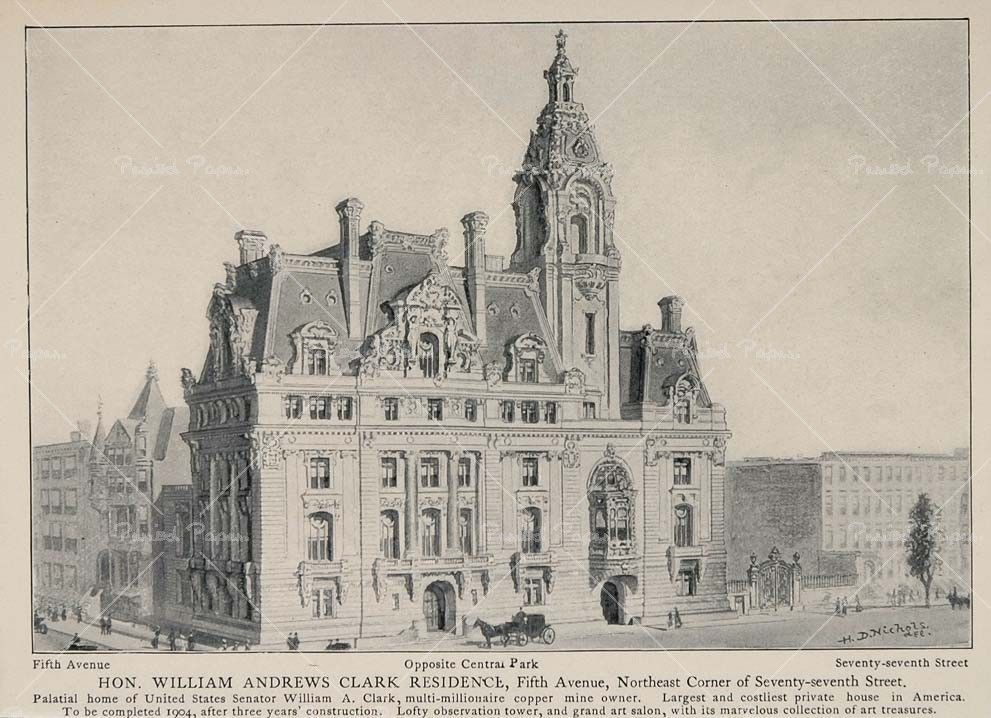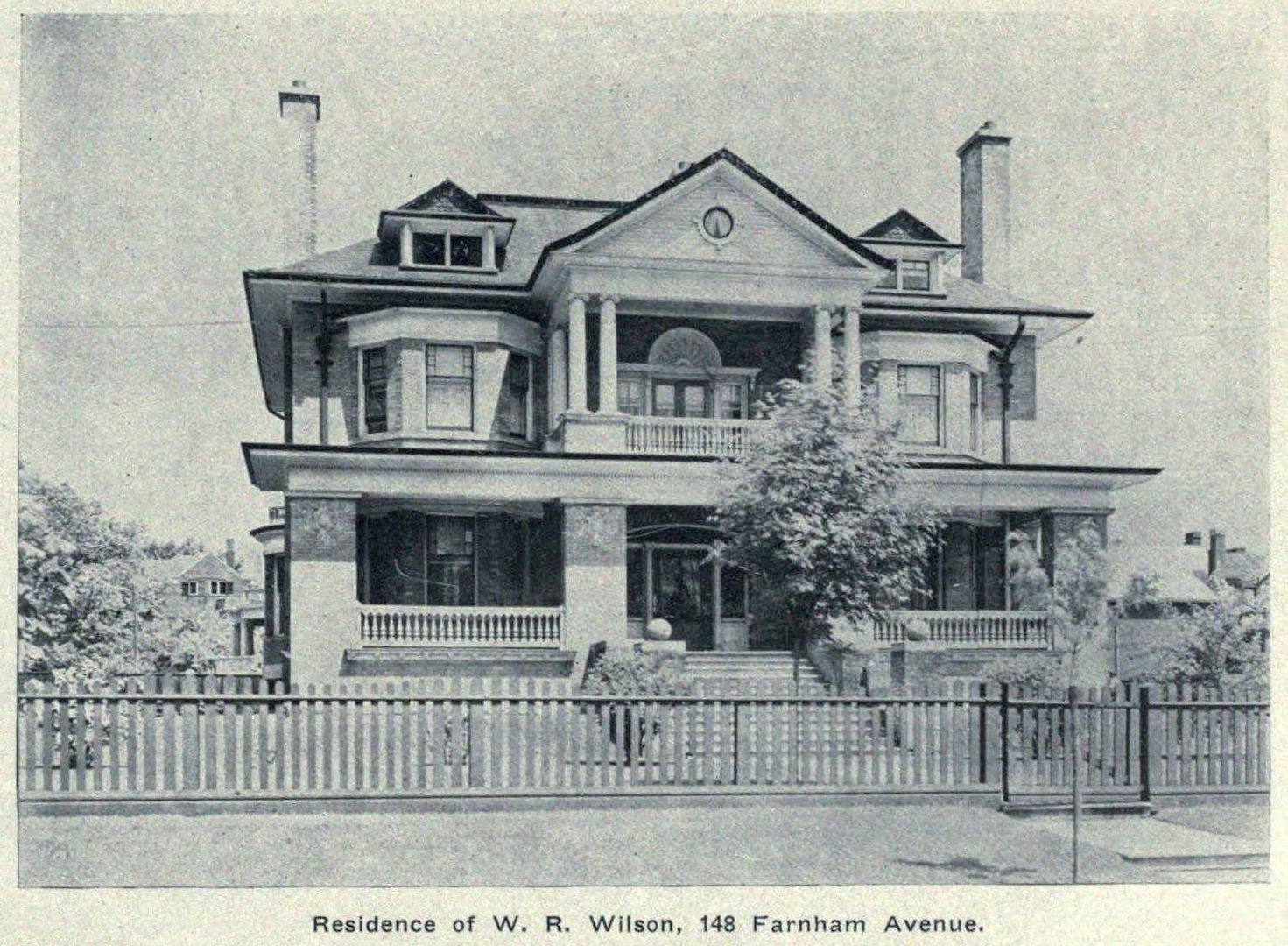Goldie
Senior Member
What is the status on this structure?
Joy Gas Station at Sunnyside (moved & renovated at taxpayer expense).
I believe the City is still looking for some entrepreneur to lease it and make it useful.
What is the status on this structure?
What is the status on this structure?
Then and Now for June 4.
Then. 49 Dunvegan Road, c1910. Residence of W. Carter. JT?
to the removal of a "it's not a bearing wall"; the lack of workmanship continues . . .
Regards,
J T
With respect, I do not think that Casa Loma is "off topic". The subject was Chorley Park, reviled and ultimately demolished because of its drain on the public purse. Since the same issues are in the news now with Casa Loma I think the comparison is a useful one, and adma's discussion of changing attitudes to preservation is right on the mark.
It's also perfectly legit to consider the societal values that enabled Casa Loma to be so celebrated in its day, rather than merely situate such buildings in their design context in relation to equivalent buildings in other countries. The acquisition of vast personal wealth, and the construction of a building that primarily expresses ostentatious wealth because wealth was seen as moral and virtuous at the time, in a world that was about to be swept away by the First World War, leaves us with Casa Loma as a touchstone to that past - just as Joy gas stations are a touchstone to the world of gas jockeys and service stations and the era that followed the Great War.

It's also perfectly legit to consider the societal values that enabled Casa Loma to be so celebrated in its day, rather than merely situate such buildings in their design context in relation to equivalent buildings in other countries. The acquisition of vast personal wealth, and the construction of a building that primarily expresses ostentatious wealth because wealth was seen as moral and virtuous at the time, in a world that was about to be swept away by the First World War, leaves us with Casa Loma as a touchstone to that past - just as Joy gas stations are a touchstone to the world of gas jockeys and service stations and the era that followed the Great War.
Can I do the honours?
W. E. H. Carter, employed by E. T. Carter & Co., and Carter & Smith - according to the 1913 City Directory. E. T. Carter was the fur trading company, and presumably the family business. Carter & Smith were mining engineers working in northeastern Ontario. W. E. H. had earlier (1901) worked as the Secretary of the Ontario Bureau of Mines.
Meanwhile, Burke, Horwood & White designed a house at 49 Dunvegan Road in 1914 for Mrs T. M. Gibson. The name and the date are both a little confusing. is this the same house?
It's also perfectly legit to consider the societal values that enabled Casa Loma to be so celebrated in its day, rather than merely situate such buildings in their design context in relation to equivalent buildings in other countries. The acquisition of vast personal wealth, and the construction of a building that primarily expresses ostentatious wealth because wealth was seen as moral and virtuous at the time, in a world that was about to be swept away by the First World War, leaves us with Casa Loma as a touchstone to that past - just as Joy gas stations are a touchstone to the world of gas jockeys and service stations and the era that followed the Great War.
"The Edwardian age was probably the last period in history when the fortunate thought they could give pleasure to others by displaying their good fortune before them". James Laver, Edwardian Promenade, 1958

"Perhaps the most over-the-top Fifth Avenue mansion of all time was the childhood home of Huguette Clark, built in 1907 by her father, the silver king and Senator William Andrews Clark, at the corner of 77th and Fifth. The elaborate townhouse, designed in the height of Beaux Arts style, boasted "121 rooms, 31 baths, four art galleries, a swimming pool, a concealed garage," and a private underground rail line to bring in coal for heat. It cost Clark $7M—that's $162M in today's dollars—to build, but stood for only 20 years, bought by a developer after Clark's death for less than half the construction cost and demolished to make way for 960 Fifth Avenue".
http://readnewyork.com/2012/02/history-lessons-looking-back-at-manhattans-lost-gilded-age-mansions/


Meanwhile, Burke, Horwood & White designed a house at 49 Dunvegan Road in 1914 for Mrs T. M. Gibson. The name and the date are both a little confusing.
Waddesdon Manor, the bogus Loire chateau the Rothschilds built in rural Buckinghamshire in the 1870s and 1880s, strikes me as a reasonable equivalent to Casa Loma in pretense and vulgarity.
The Rothschilds also struck, big time, in France, and quite amusingly so - Château de Ferrières, a fake Renaissance monster home built in the 1850s, was designed by Joseph Paxton, no less. It's based on Mentmore, which the same architect designed for the family in Buckinghamshire. "Build me a Mentmore, but twice the size" Baron James is reputed to have directed. And he did.
Well, I guess it's worth an old fashioned physical visit then. Thanks DSC.
I'll take a vulgar and pretensious castle over an idiot-proof-designed, cheap-looking building like TD Centre. THOSE should be torn down.




